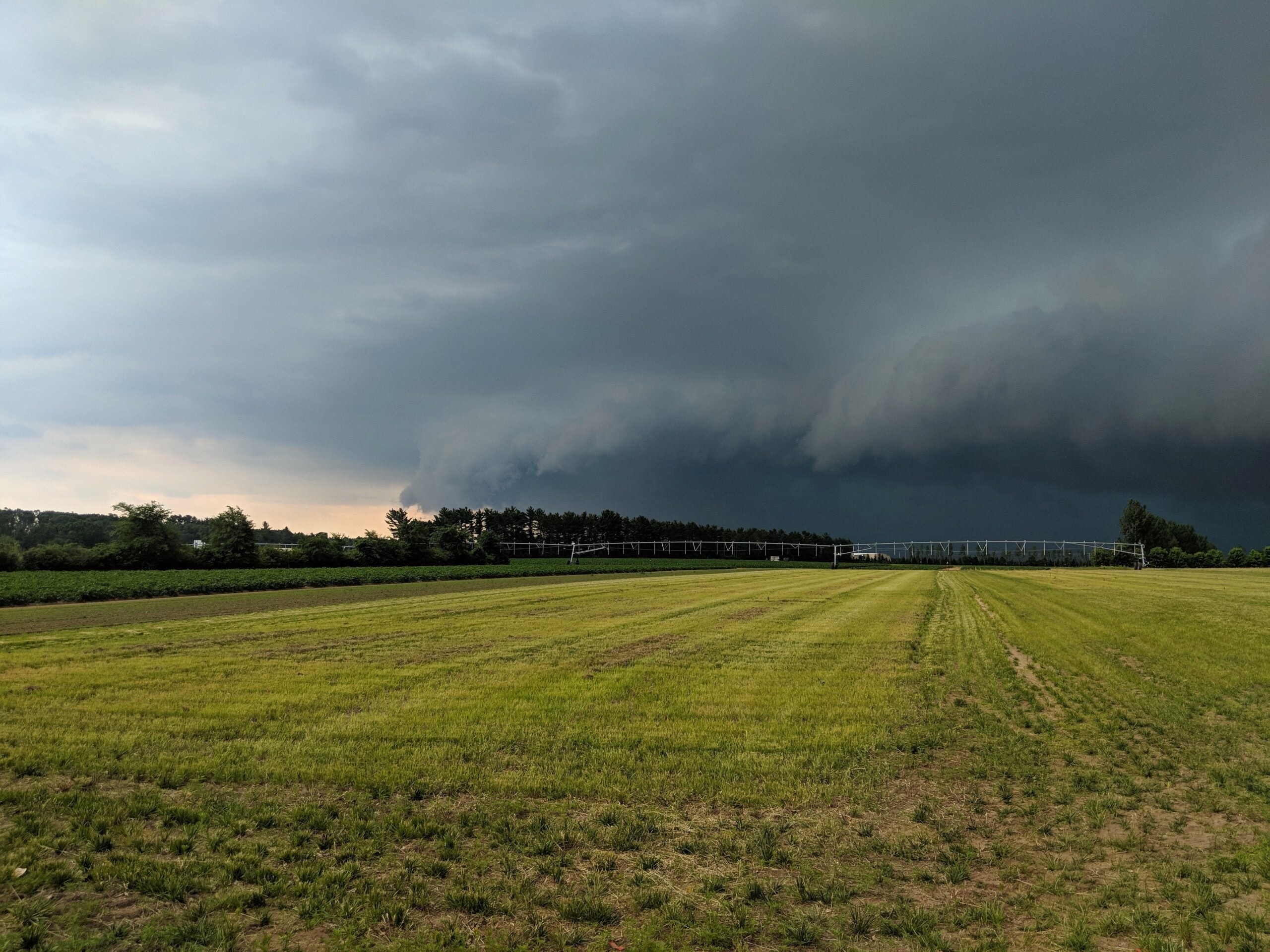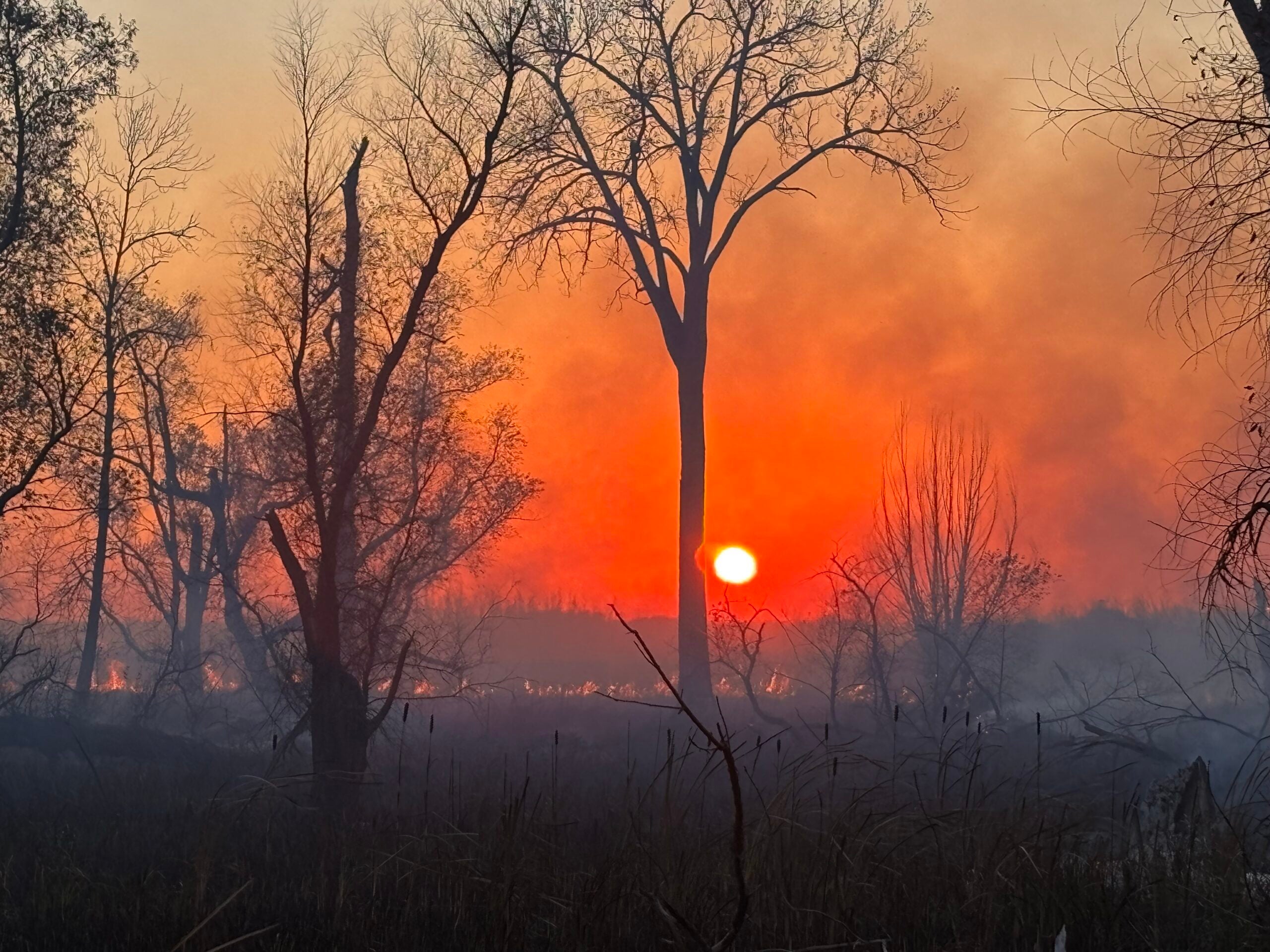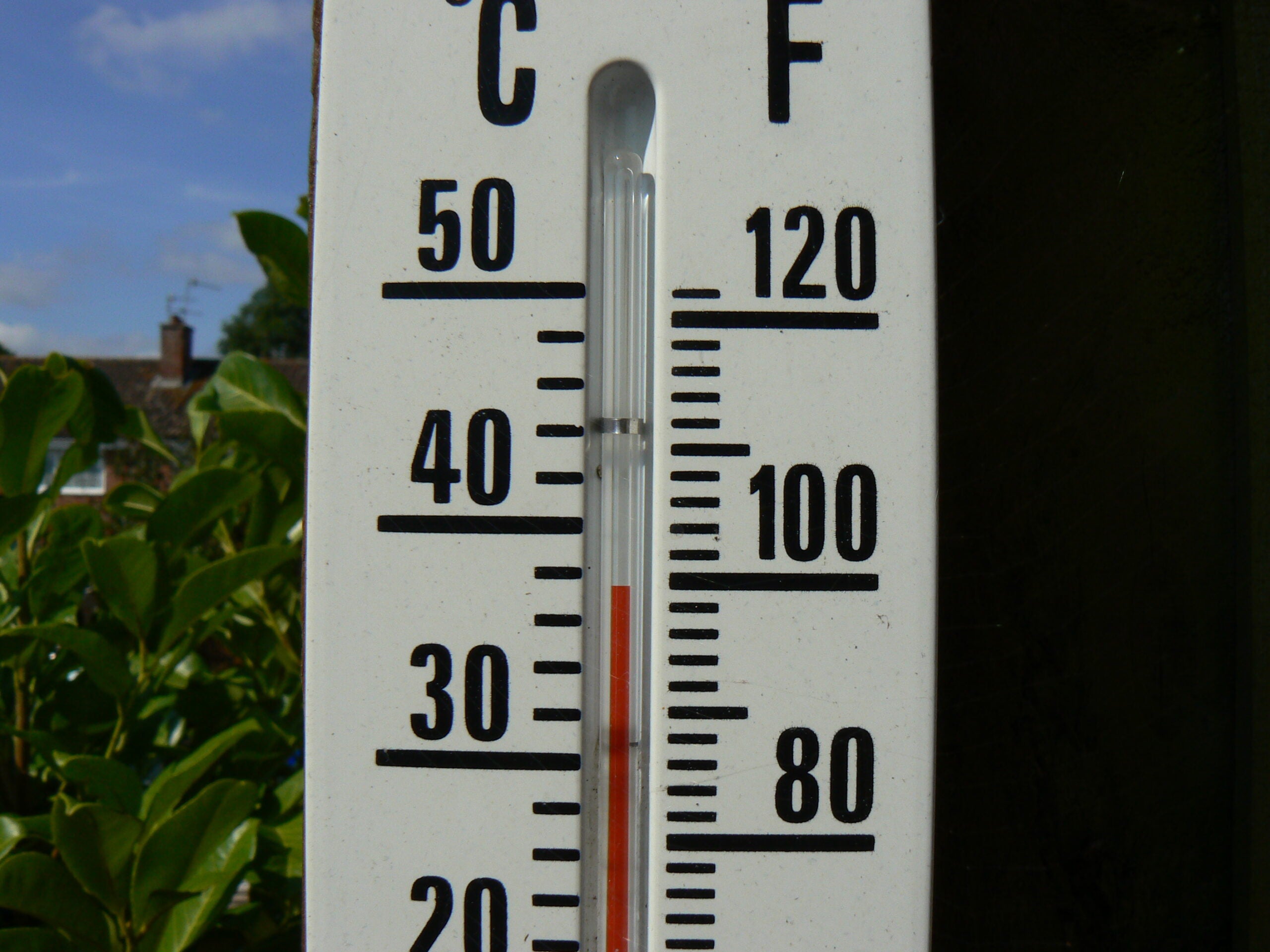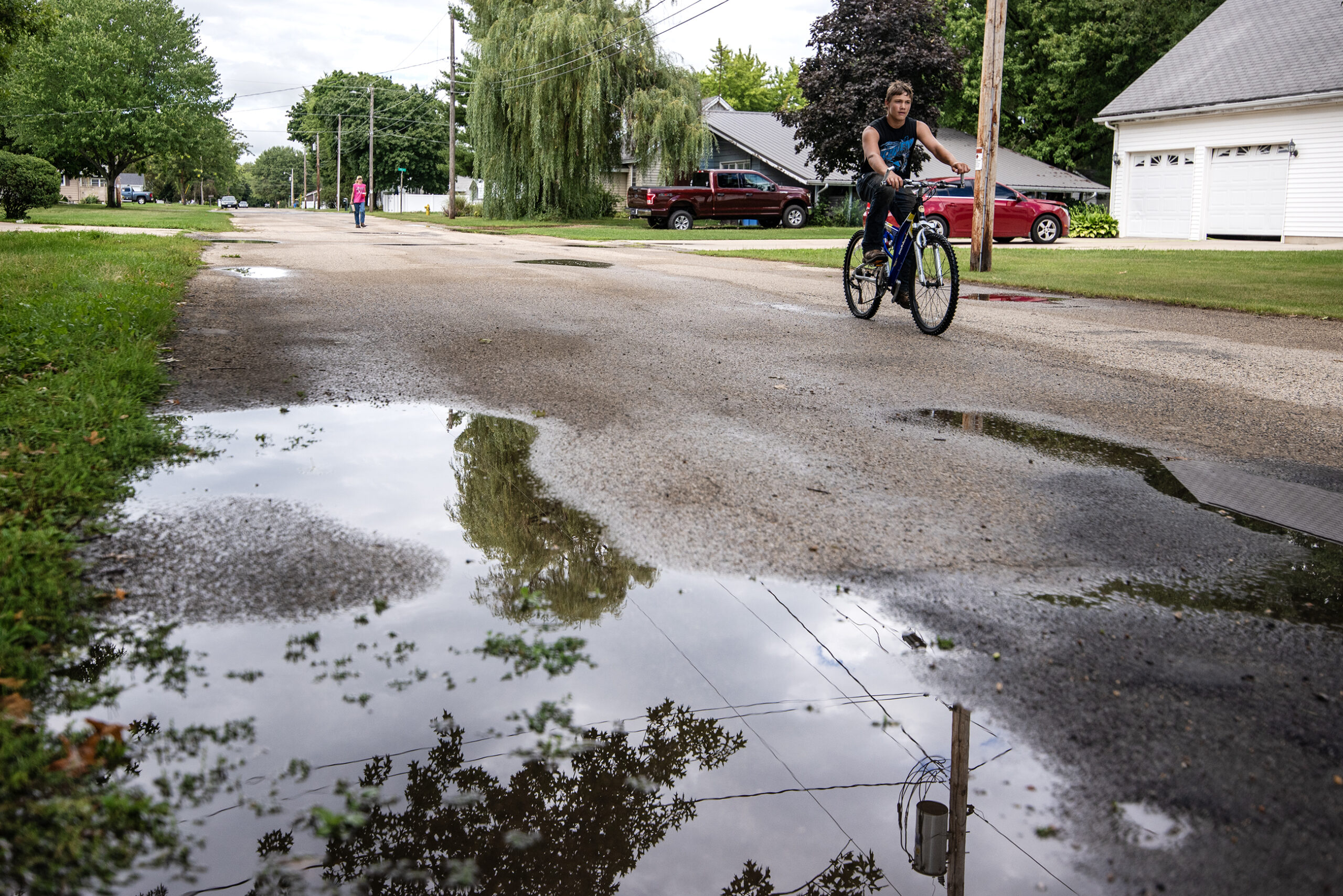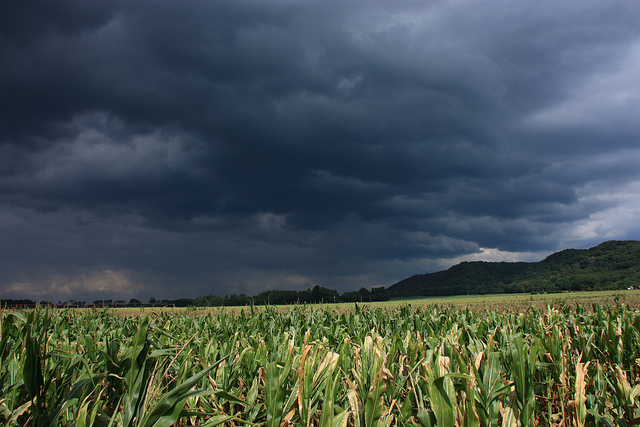Wisconsin’s average rainfall this summer was among the highest ever, according to data recently released by the National Centers for Environmental Information.
Statewide, about 16 inches of rain fell in Wisconsin from June to August, which is about 4 inches above average. That makes this summer the fourth wettest on record. But according to State Climatology Office director John Young, heavy rainfall during the summertime could become the norm.
Young, an emeritus professor in the University of Wisconsin-Madison Atmospheric and Oceanic Sciences Department, attributes that trend to climate change.
Stay informed on the latest news
Sign up for WPR’s email newsletter.
“We are seeing a trend upward in humidity and when you get very humid air masses becoming more common in the summertime, it’s almost certain that somewhere in the region there’s going to be a tendency to have more heavy rains,” Young said.
Globally, the amount of humidity has been going up for the past 25 years, according to Young. However, he said the trend in humidity is more variable on a regional basis. For Wisconsin, there is an upward curve representing climate change, such as increasing temperatures, but the curve also spikes up and down. That’s called climate variability, which represents each year’s own unique climate conditions and isn’t always representative of climate change, Young said.
“I’m not going to diminish the importance of weather, but don’t mistake one weather event for a climate event,” he said. “You cannot blame every strong storm on climate.”
Northern Wisconsin had heavy flooding this summer that caused millions of dollars of damage. Young said with wetter summers expected to happen more often, the state may see more major flooding with huge economic impacts. However, increases in rain are expected to happen slowly over time and not every year, Young said.
Higher levels of humidity mean more water vapor in the air. Water vapor is a greenhouse gas that lessens the lower atmosphere’s ability to cool off at night by releasing energy back to space.
Consequently, Wisconsin also had an increase in the average minimum temperature, which was about three degrees above normal making this summer’s temperatures the eighth warmest on record.
The National Centers for Environmental Information has been keeping weather records for the past 122 years. They compared this year’s summer data to the 20th century average, which are averages from the years 1901 to 2000. Wisconsin’s wettest summer ever was in 2010, when the average rainfall was about 7.5 inches above average.
Wisconsin Public Radio, © Copyright 2025, Board of Regents of the University of Wisconsin System and Wisconsin Educational Communications Board.

